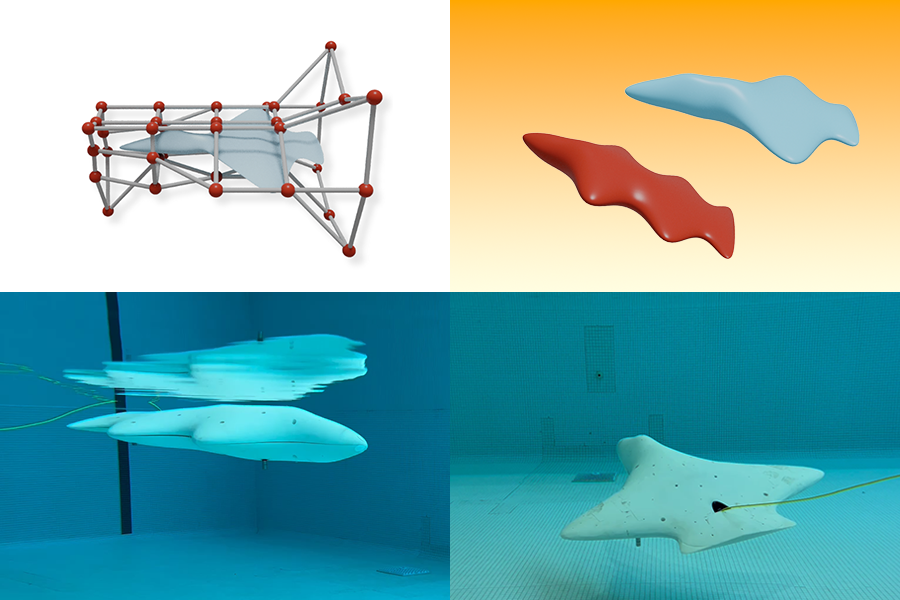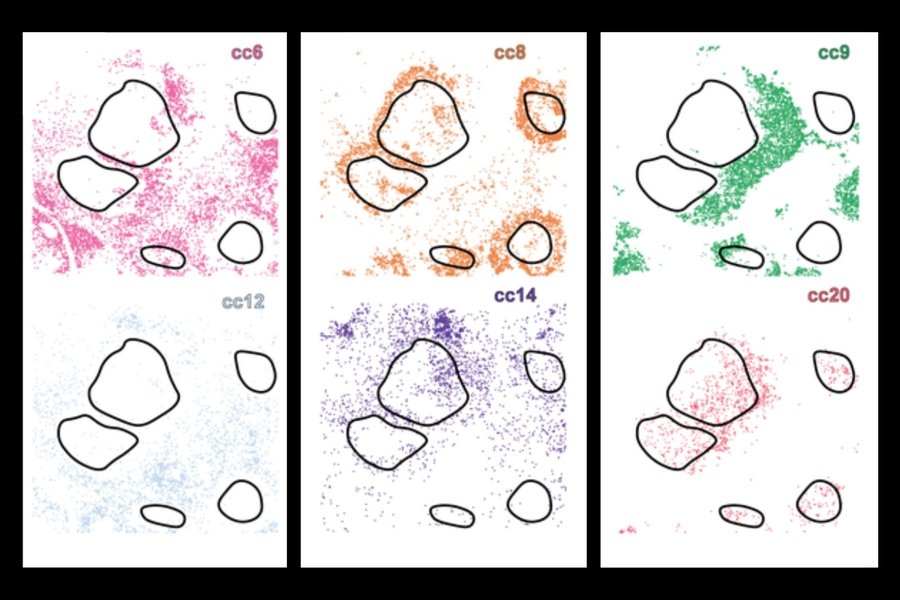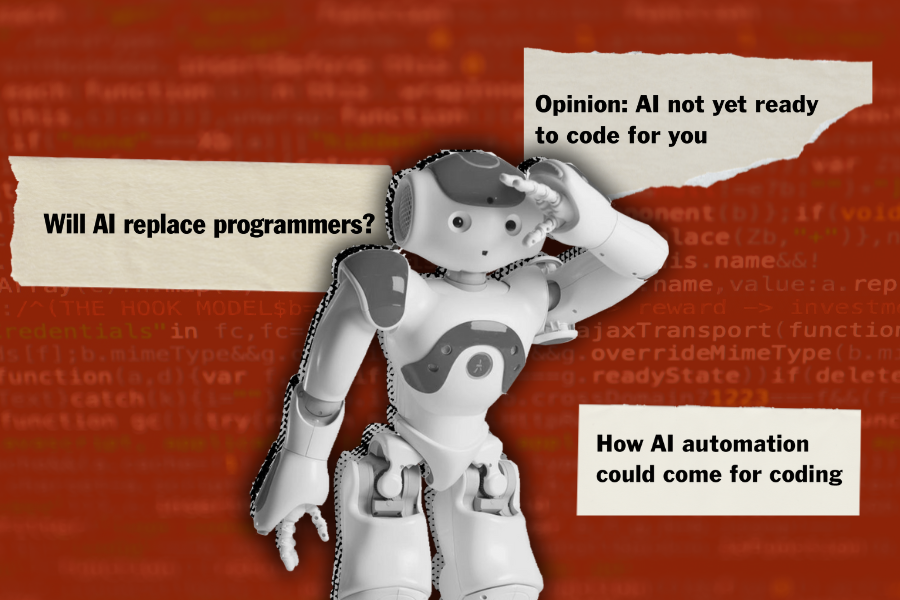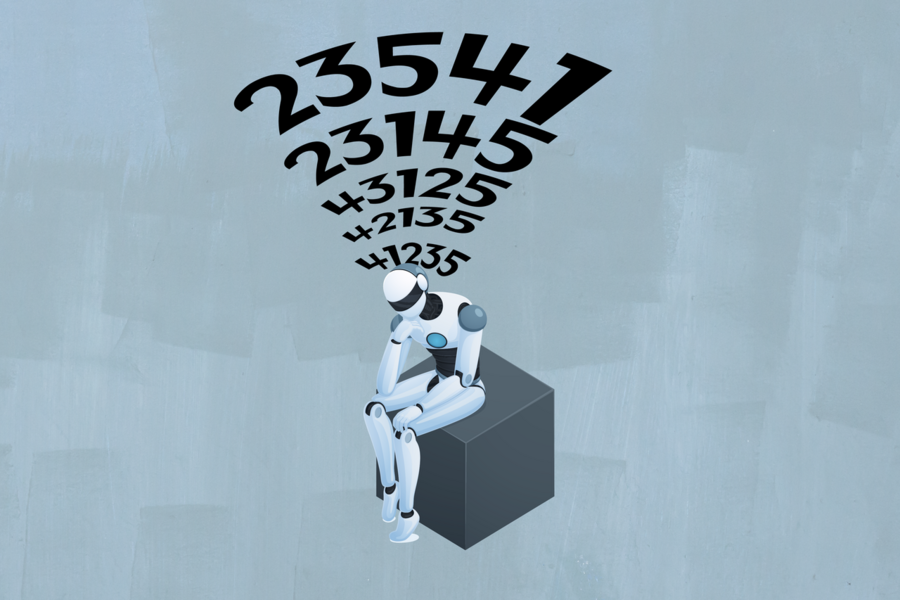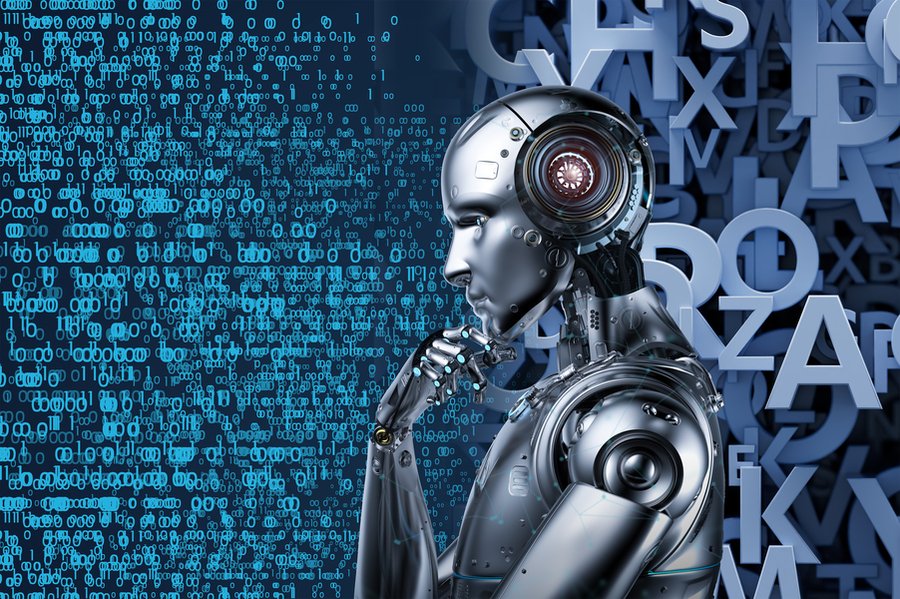AI shapes autonomous underwater “gliders” An AI pipeline developed by CSAIL researchers enables unique hydrodynamic designs for bodyboard-sized vehicles that glide underwater and could help scientists gather marine data. Marine scientists have long marveled at how animals like fish and seals swim so efficiently despite having different shapes. Their bodies are optimized for efficient, hydrodynamic
New AI system uncovers hidden cell subtypes, boosts precision medicine CellLENS reveals hidden patterns in cell behavior within tissues, offering deeper insights into cell heterogeneity — vital for advancing cancer immunotherapy. In order to produce effective targeted therapies for cancer, scientists need to isolate the genetic and phenotypic characteristics of cancer cells,
Can AI really code? Study maps the roadblocks to autonomous software engineering A team of researchers has mapped the challenges of AI in software development, and outlined a research agenda to move the field forward. Imagine a future where artificial intelligence quietly shoulders the drudgery of software development: refactoring tangled code, migrating legacy systems, and
The unique, mathematical shortcuts language models use to predict dynamic scenarios Language models follow changing situations using clever arithmetic, instead of sequential tracking. By controlling when these approaches are used, engineers could improve the systems’ capabilities. Let’s say you’re reading a story, or playing a game of chess. You may not have noticed, but each
This “smart coach” helps LLMs switch between text and code The CodeSteer system could boost large language models’ accuracy when solving complex problems, such as scheduling shipments in a supply chain. Large language models (LLMs) excel at using textual reasoning to understand the context of a document and provide a logical answer about its contents.
Pedestrians now walk faster and linger less, researchers find A computer vision study compares changes in pedestrian behavior since 1980, providing information for urban designers about creating public spaces. City life is often described as “fast-paced.” A new study suggests that’s more true than ever. The research, co-authored by MIT scholars, shows that the
29th
29th
Jul, 2025
AI shapes autonomous underwater “gliders” An AI pipeline developed by CSAIL researchers enables unique hydrodynamic designs for bodyboard-sized vehicles that glide underwater and could help scientists gather marine data. Marine scientists have long marveled at how animals like fish and seals swim so efficiently despite having different shapes. Their bodies are optimized for efficient, hydrodynamic
29th
29th
Jul, 2025
New AI system uncovers hidden cell subtypes, boosts precision medicine CellLENS reveals hidden patterns in cell behavior within tissues, offering deeper insights into cell heterogeneity — vital for advancing cancer immunotherapy. In order to produce effective targeted therapies for cancer, scientists need to isolate the genetic and phenotypic characteristics of cancer cells,
29th
29th
Jul, 2025
Can AI really code? Study maps the roadblocks to autonomous software engineering A team of researchers has mapped the challenges of AI in software development, and outlined a research agenda to move the field forward. Imagine a future where artificial intelligence quietly shoulders the drudgery of software development: refactoring tangled code, migrating legacy systems, and
29th
29th
Jul, 2025
The unique, mathematical shortcuts language models use to predict dynamic scenarios Language models follow changing situations using clever arithmetic, instead of sequential tracking. By controlling when these approaches are used, engineers could improve the systems’ capabilities. Let’s say you’re reading a story, or playing a game of chess. You may not have noticed, but each

